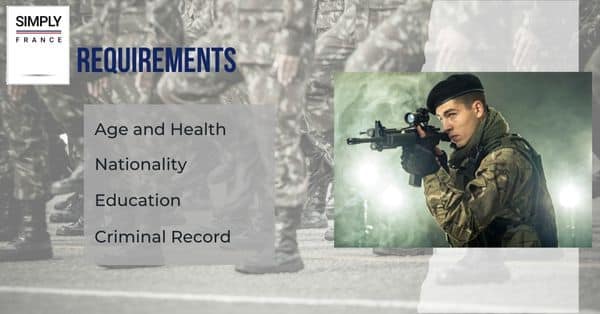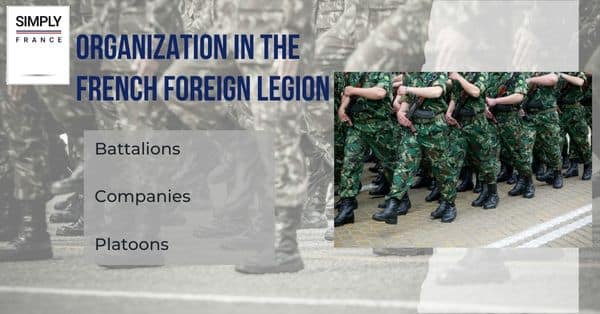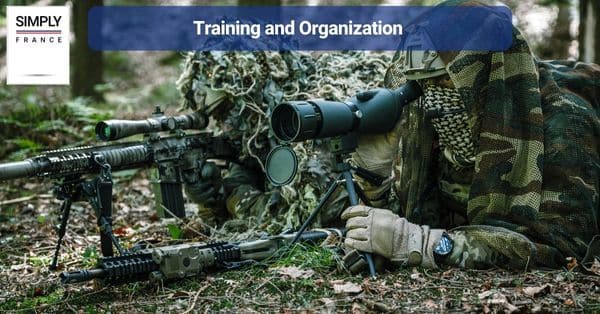The French Foreign Legion, founded in 1831, is a unique unit within the French Army. Through stringent recruitment and rigorous training, the Legion attracts global recruits driven by diverse motivations. With a rich history of notable achievements, it is renowned for sacrifice, camaraderie, and a lasting legacy.
This article will explore the history, recruitment process, training, organization, notable missions, and legacy of the French Foreign Legion.
History of the French Foreign Legion
Established in 1831, the French Foreign Legion has a storied history that spans over 190 years. Originally formed to supplement French forces in North Africa, the Legion quickly gained a reputation for its resilience and bravery. It played a crucial role in French colonial expansion, participating in conflicts such as the Crimean War and the Italian Campaign.
Throughout the two World Wars, the Legion made significant contributions on the battlefield and endured hardships in the name of France. In modern times, the Legion continues to be involved in operations worldwide, maintaining its reputation as a symbol of sacrifice and loyalty within the French Army.

Requirements and Recruitment Process
The French Foreign Legion is a legendary military unit known for its elite status and unique recruitment process. Made up of soldiers from all over the world, the legion has a reputation for toughness and bravery. But what exactly does it take to join this exclusive group? In this article, we’ll explore the requirements and recruitment process for the French Foreign Legion.
Requirements
Before considering joining the French Foreign Legion, there are several requirements that must be met. These include:

Age and Health
Applicants must be between 17 and 40 years old and in good physical and mental health. The legion requires a medical examination to ensure that potential recruits are fit for service.
Nationality
As the name suggests, the French Foreign Legion is open to foreigners. However, applicants must come from countries with diplomatic relations with France and hold a valid passport.
Education
There are no formal education requirements for joining the Legion, but applicants must be able to read and write in their native language.
Criminal Record
Applicants must have a clean criminal record and cannot have any outstanding warrants.
Recruitment Process
The recruitment process for the French Foreign Legion is rigorous and demanding. It consists of several stages:
Preselection
Before being accepted into the legion, applicants must undergo a preselection process. This includes filling out an application form, providing documentation such as a passport and birth certificate, and undergoing a medical examination.
Basic Training
If selected, recruits will undergo a four-month basic training program. This includes physical training, weapons handling, and learning French.
Specialized Training
After completing basic training, recruits will undergo specialized training based on their assigned role. This can range from infantry to engineering to parachuting.
Legionnaire Life
Once training is complete, legionnaires are assigned to one of the legion’s units. They can be stationed anywhere in the world and can expect to be deployed on missions frequently.

Training and Organization
The Legion has a long and storied history of recruiting soldiers from all over the world to fight for France. In this article, we will explore the Legion’s training and organization, which are both critical components of its operational success.
Training in the French Foreign Legion
Training in the French Foreign Legion is notoriously difficult. Recruits undergo an intense period of physical and mental conditioning designed to test their resolve and weed out those who are not up to the task. The training regimen is split into two phases: basic training and advanced training.
Basic Training
The first phase of training lasts four months and is designed to turn civilians into soldiers. This period is known as “la ferme” (the farm) and is located at the Legion’s headquarters in Aubagne, France. During this time, recruits are subjected to a grueling schedule of physical training, combat drills, and classroom instruction. They are also taught the basics of French language and culture.
Advanced Training
After completing basic training, recruits move on to advanced training. This phase lasts six months and is designed to hone their skills in specific areas such as marksmanship, combat engineering, and reconnaissance. The Legion places a strong emphasis on marksmanship, and recruits are trained to be proficient in a variety of weapons systems.
Organization in the French Foreign Legion
The French Foreign Legion is known for its unique organizational structure. It is composed of a series of battalions, each of which is made up of companies, each of which is further divided into platoons. This structure allows the Legion to be highly mobile and adaptable to a variety of mission types.

Battalions
The Legion currently has 11 battalions, each of which is stationed in a different part of the world. These battalions are responsible for conducting a wide range of missions, from peacekeeping operations to combat missions.
Companies
Each battalion is made up of several companies, each of which specializes in a specific area. For example, one company may specialize in combat engineering, while another may specialize in reconnaissance.
Platoons
Platoons are the smallest unit of organization within the Legion. They are led by a platoon commander and typically consist of around 30 soldiers. Platoons are highly mobile and can be deployed quickly to support other units.

Notable Missions and Achievements
Here are some of the most notable missions and achievements in the history of the French Foreign Legion:
- Battle of Camerone: On April 30, 1863, a small detachment of 62 Legionnaires fought against an overwhelming force of Mexican infantry and cavalry in Camerone, Mexico. Despite being vastly outnumbered, the Legion fought to the last man and became a symbol of courage and determination.
- World War I: During the First World War, the Legion fought on multiple fronts, including the Western Front and the Balkans. It played a key role in numerous battles and earned a reputation for its bravery and tenacity.
- World War II: In World War II, the Legion fought alongside other French units against the Germans. It was involved in major battles such as Bir Hakeim in North Africa and Monte Cassino in Italy.
- Indochina War: In the 1950s, the Legion fought in the Indochina War alongside French forces against Vietnamese nationalists. It was involved in fierce battles such as Dien Bien Phu.
- Gulf War: During the Gulf War in 1991, the Legion deployed a battalion to Saudi Arabia to fight alongside coalition forces against Iraq. Its troops were involved in multiple engagements and played a key role in the liberation of Kuwait.
- Afghanistan and Mali: In recent years, the Legion has been deployed to Afghanistan and Mali as part of international efforts to combat terrorism. Its troops have been involved in counter-insurgency operations and provided support to local forces.

Legacy of the French Foreign Legion
The legacy of the French Foreign Legion is one of enduring sacrifice, loyalty, and camaraderie. With a reputation forged through centuries of notable achievements and unwavering dedication, the Legion holds a prominent place in French military history.
Its soldiers, drawn from diverse backgrounds and nationalities, have exemplified bravery on the battlefield and a strong sense of brotherhood. The Legion’s legacy extends beyond the military realm, permeating French society as a symbol of resilience and the willingness to make sacrifices for a greater cause.

In conclusion
The French Foreign Legion has a long and storied history of courage and sacrifice. Through stringent recruitment processes and rigorous training, it has attracted soldiers from all over the world driven by diverse motivations.
With notable achievements such as their heroic stand at Camerone in 1863, the Legion continues to uphold its legacy of loyalty and camaraderie within the French Army and beyond. It will no doubt remain an important part of French military history for many years to come.
meta keywords
French Foreign Legion, requirements, recruitment process, training, organization, missions, legacy.


